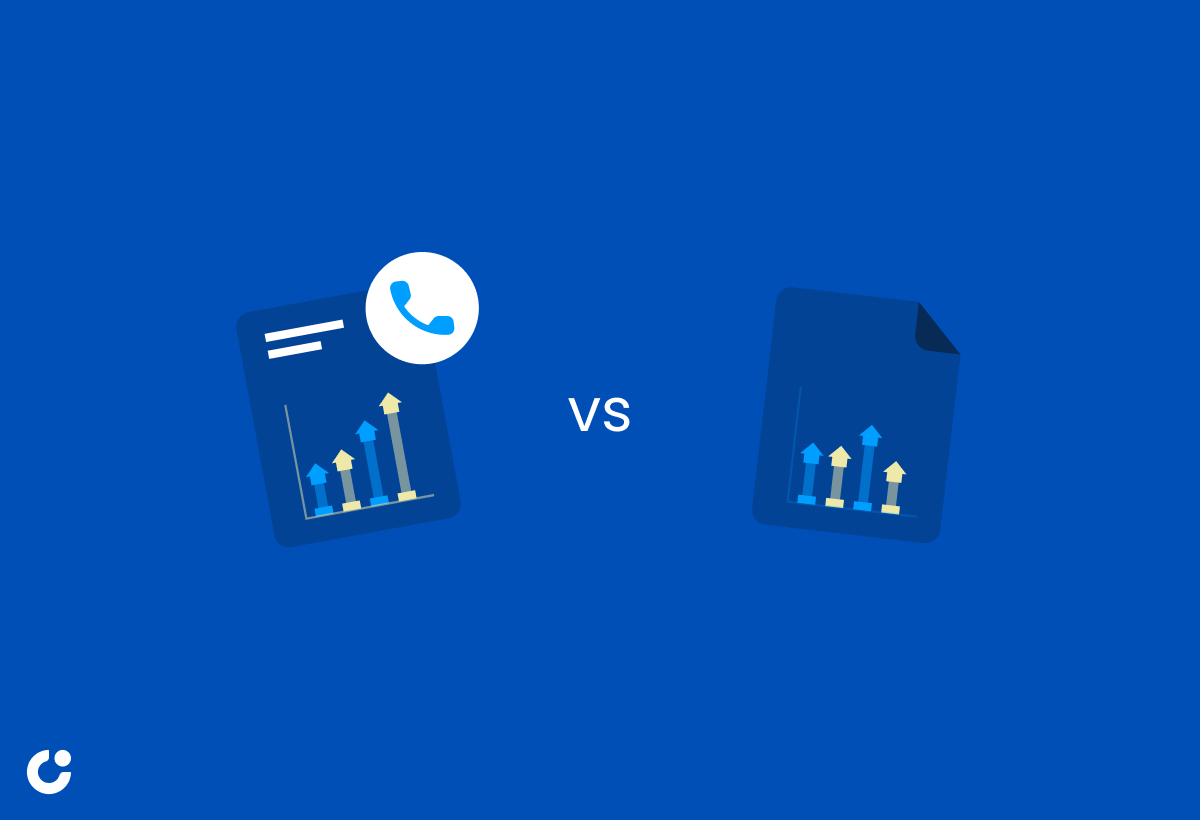Imagine a world where your sales process is not just efficient but also highly effective. A world where you can connect with your prospects on a deeper level, making them more likely to convert. This world is within reach, and it starts with combining cold emails and cold calls, specifically by utilizing cold calling after sending email. By integrating these two powerful sales tools, you can enhance engagement, strengthen sales messaging, and increase touchpoints with your prospects, leading to better results. Are you ready to revolutionize your sales strategy? Let’s dive into the world of combining cold emails and cold calls through cold calling after sending email.
Key Takeaways
Combining cold emails and cold calls creates a powerful sales strategy that enhances engagement, strengthens messaging, and increases contact points with prospects.
Best practices for successful cold calling include timely follow-up calls, leveraging email content, personalizing the approach, overcoming objections & monitoring results for continual improvement.
A/B testing can be used to optimize strategies & increase conversions through data driven decisions.
The Power of Combining Cold Emails and Cold Calls
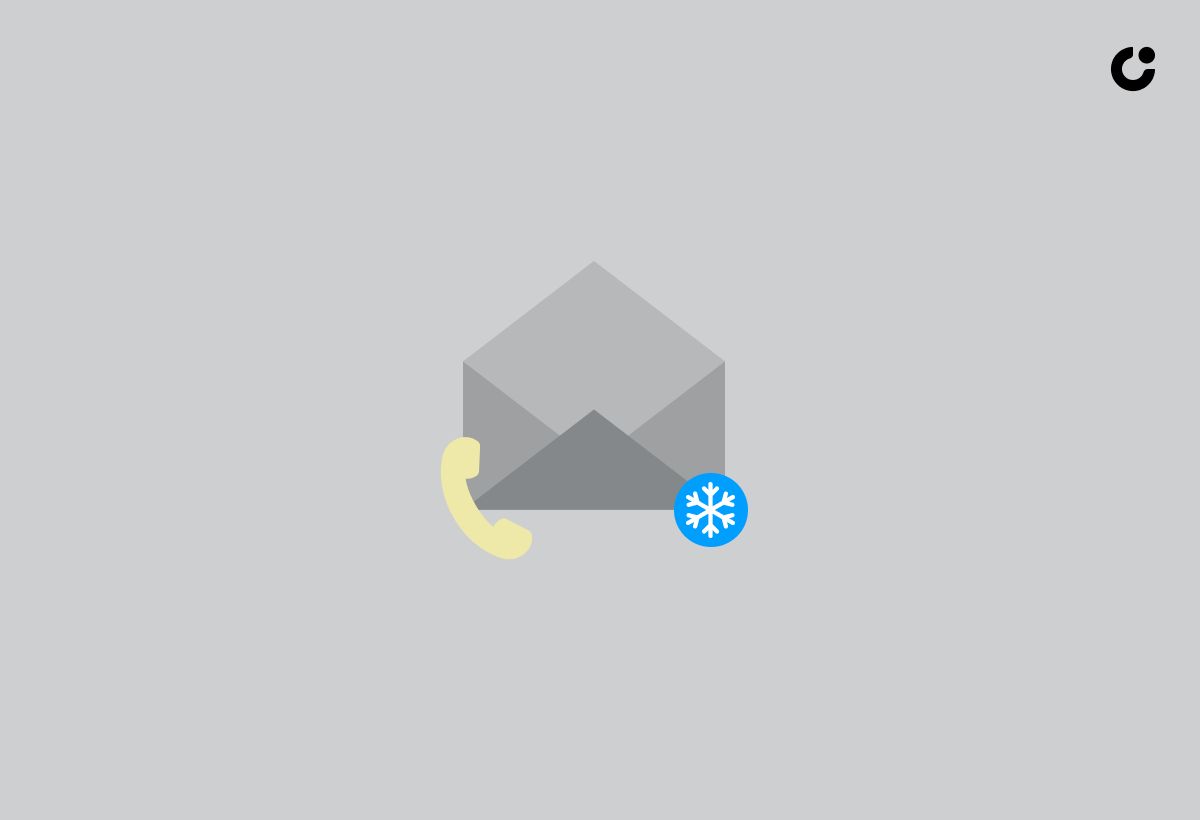
Cold emails and cold calls each have their own strengths, but what if we told you that combining them could create a sales strategy powerhouse? The power of this combination lies in its ability to boost engagement, reinforce sales messaging, and provide additional points of contact with potential customers. It takes a lot of time and effort to make just one cold call. On the other hand, multiple cold emails can be sent in the same length of time. At the same time, cold calls offer the advantage of initiating and concluding a sales engagement more efficiently than cold emails.
Optimal timing of cold emails and phone calls is a key factor in maximizing lead conversion. This synergy between cold emailing and cold calling is what makes this combination so potent. But how exactly does this work?
Enhancing Engagement

A more personalized and interactive approach is the key to enhancing engagement with your prospects. Cold outreach efforts can often feel impersonal, but when you combine cold emails and cold calling, you have the opportunity to tailor your message to the prospect and build a connection with them. The higher a prospect is in an organization, the more suitable it is to make contact through email marketing efforts. Sending emails at strategic intervals, for example, 10 minutes before or after the hour, can boost the chances of your email being noticed and read.
Combining cold emails and cold calling also allows you to be more persistent, ensuring your prospects don’t slip through the cracks. Follow-ups on your initial outreach via both email and phone can help you stand out from the competition and maintain a presence in the prospect’s mind. This persistence, combined with personalization, can help break down any barriers the prospect may have and increase the likelihood of making a connection with them.
Strengthening Sales Messaging

A coherent message is pivotal for a thriving sales strategy. By utilizing consistent and complementary content across both cold emails and cold calling efforts, prospects receive a cohesive message that resonates with them, increasing the likelihood of connection and improving the overall sales strategy. Utilizing the same language, tone, and messaging for both channels ensures that your sales teams are delivering a unified message to prospects.
To fortify your sales messaging, maintain consistency in your content across different channels. This is especially important as the week progresses, as it can enhance the prospects of connecting with prospects. By making sure your subject lines, email copy, and call scripts are in sync, you can create a seamless experience for the prospect that keeps them engaged and interested in what you have to offer.
Increasing Touchpoints

The more touchpoints you have with your prospects, the more opportunities you have to build rapport and ultimately convert them into customers. Integrating cold emails and cold calls to increase touchpoints offers several advantages, including:
Persistence
Personalization
Instant response
Automation and scalability
Utilizing both channels, you enhance your chances of eliciting a response, building relationships with prospects, gauging their interest in real-time, and reaching out to a broader prospect base efficiently. It is recommended to leave a message and follow up with a follow-up email.
One effective method for increasing touchpoints is to make cold calls after 3 p.m. local time of the prospect, preferably on Thursdays and Fridays when calling prospects. When making outbound calls after sending emails, it is common to encounter objections such as “I don’t have time right now,” “I’m not interested,” and “I don’t remember your email”. By employing the recommended strategies for following up after sending emails, you can address these pain points and increase the likelihood of connecting with your prospects.
Best Practices for Cold Calling After Sending Emails
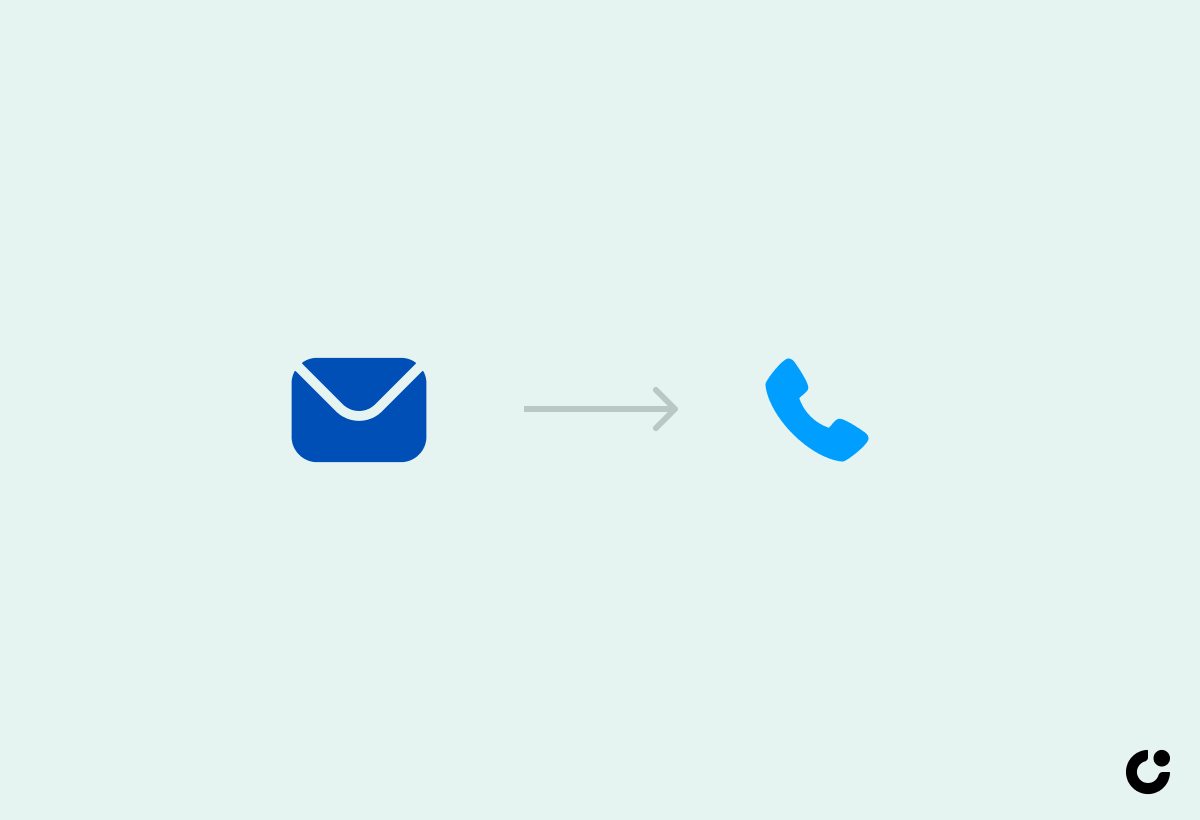
Having grasped the strength of blending cold emails and calls, let’s move on to the best practices for cold calling post sending emails. These best practices include timely follow-up calls, utilizing the content of the emails, and customizing the approach. By employing these strategies, you can enhance the likelihood of your prospects responding to your offer and ultimately, increase the success of your sales efforts.
Scheduling follow-up calls is vital as it creates a chance to reach out to prospects at the right moment. By referencing the email sent during your cold call, you can use it as a conversation starter, helping to build a connection with the prospect and potentially increasing engagement with your offer. Personalizing your approach during cold calls by researching the prospect prior to the call and tailoring the message to their specific needs can create a more engaging experience.
Timing Your Follow-Up Calls
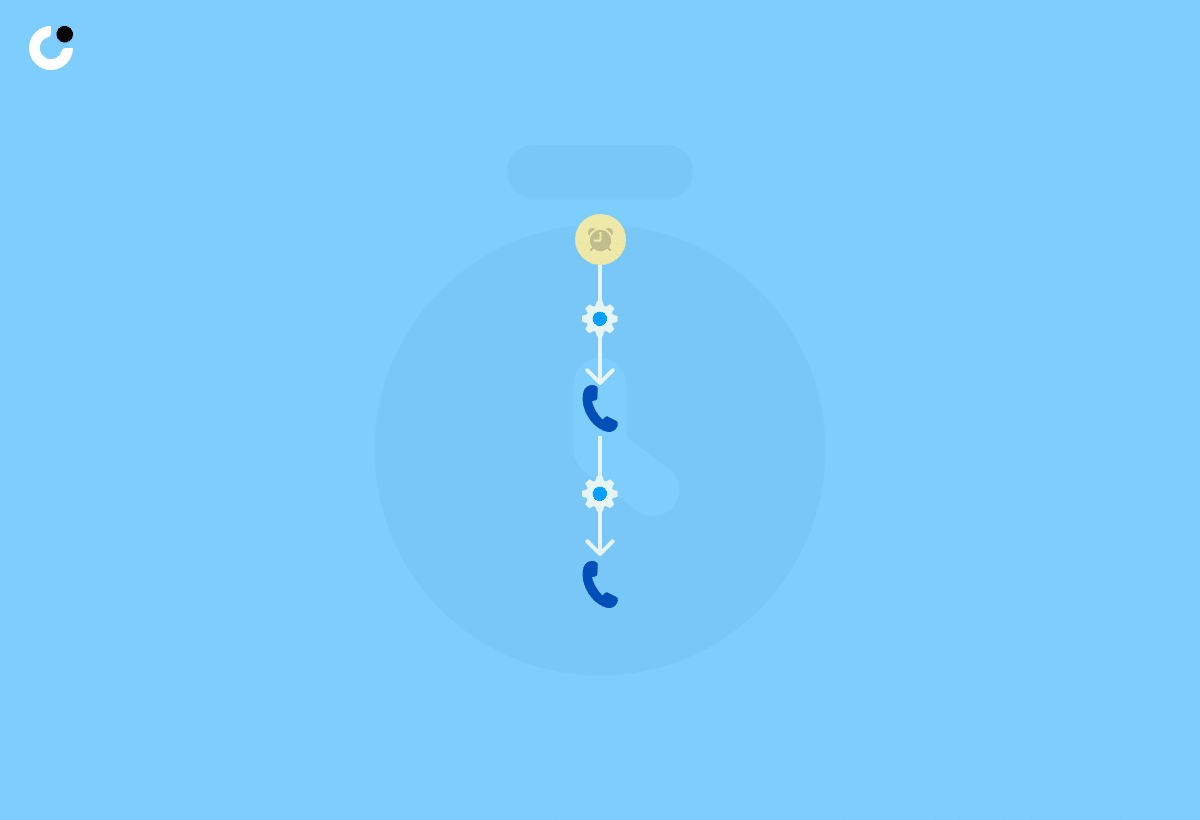
When it comes to cold calling, timing holds paramount importance. To increase the chances of catching prospects at the right moment and having a productive conversation, it is generally recommended to make follow-up calls after sending emails on Tuesdays, Wednesdays, and Thursdays between 8 AM and 11 AM. This is when recipients are more likely to be accessible and receptive.
If a prospect does not answer a cold call, don’t be discouraged. It is advisable to leave a voicemail since people are more likely to listen to them in the evening. By strategically timing your follow-up calls, you can increase the likelihood of connecting with your prospects and moving them further along the sales process.
Leveraging Email Content

Using cold email content during cold calls can help reinforce your message and provide a reference point for the conversation, making it more relevant and engaging. By composing emails with care and determining optimal sending times, you can achieve desirable open rates and engagement from recipients. It is recommended to send emails during working hours, as this is when most individuals are likely to be in their respective offices and have the opportunity to review their emails.
To optimize your follow-up calls when leveraging email content, consider employing personalized content, summarizing the email, offering additional value, and utilizing email templates. By referencing the email sent during your cold call, you can use it as a conversation starter and create a more engaging experience for the prospect.
Personalizing Your Approach
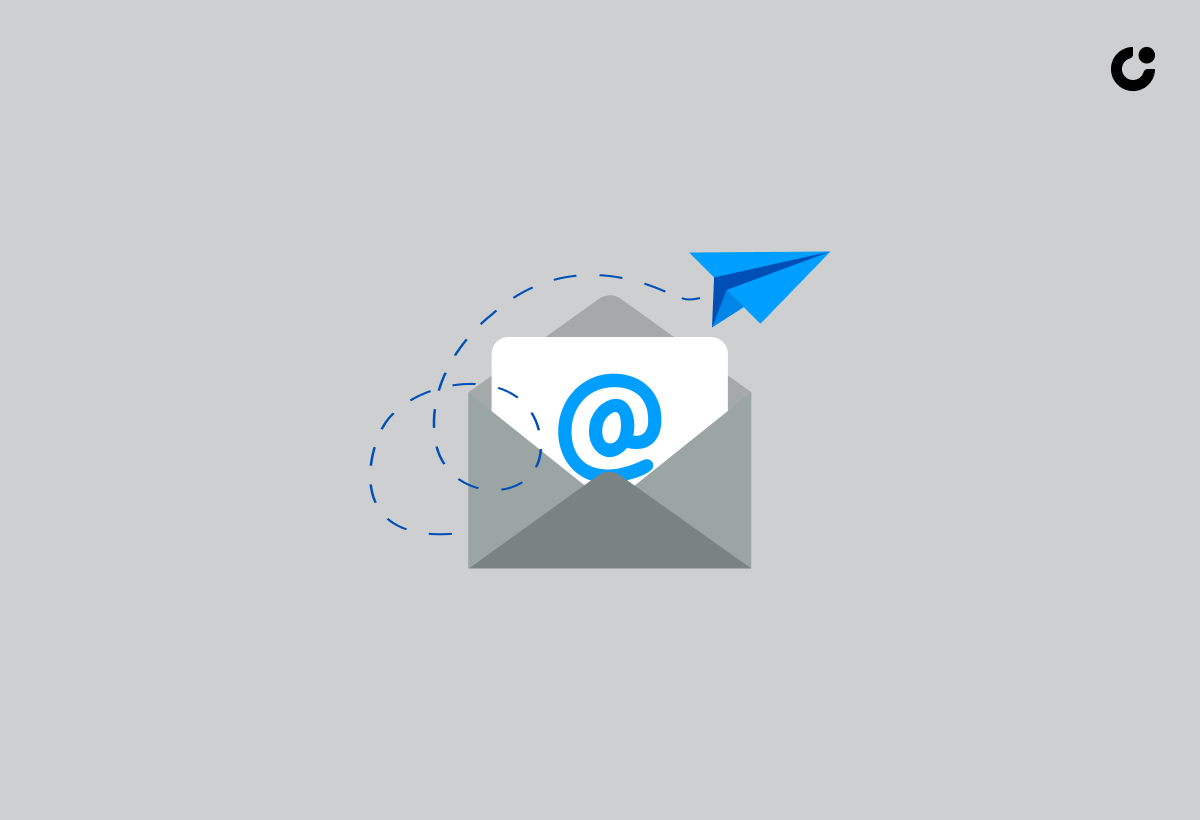
Tailoring your approach during cold calls is fundamental to establish rapport and connect with your prospects. By customizing your cold call to the distinct needs, industry, and role of the prospect, you showcase your comprehension of their circumstances and boost the likelihood of establishing rapport. Comprehending the prospect’s particular needs, industry, and role enables you to customize your cold call to their individual circumstances, assisting in creating a strong connection and raising the likelihood of a positive result.
To customize your approach, research the prospect’s industry, comprehend their role, and adjust your message to their individual needs. In addition to researching the prospect, maintain respect and courtesy while avoiding making assumptions. By personalizing your approach, you increase the chances of building rapport with your prospects and ultimately, converting them into customers.
Overcoming Common Objections
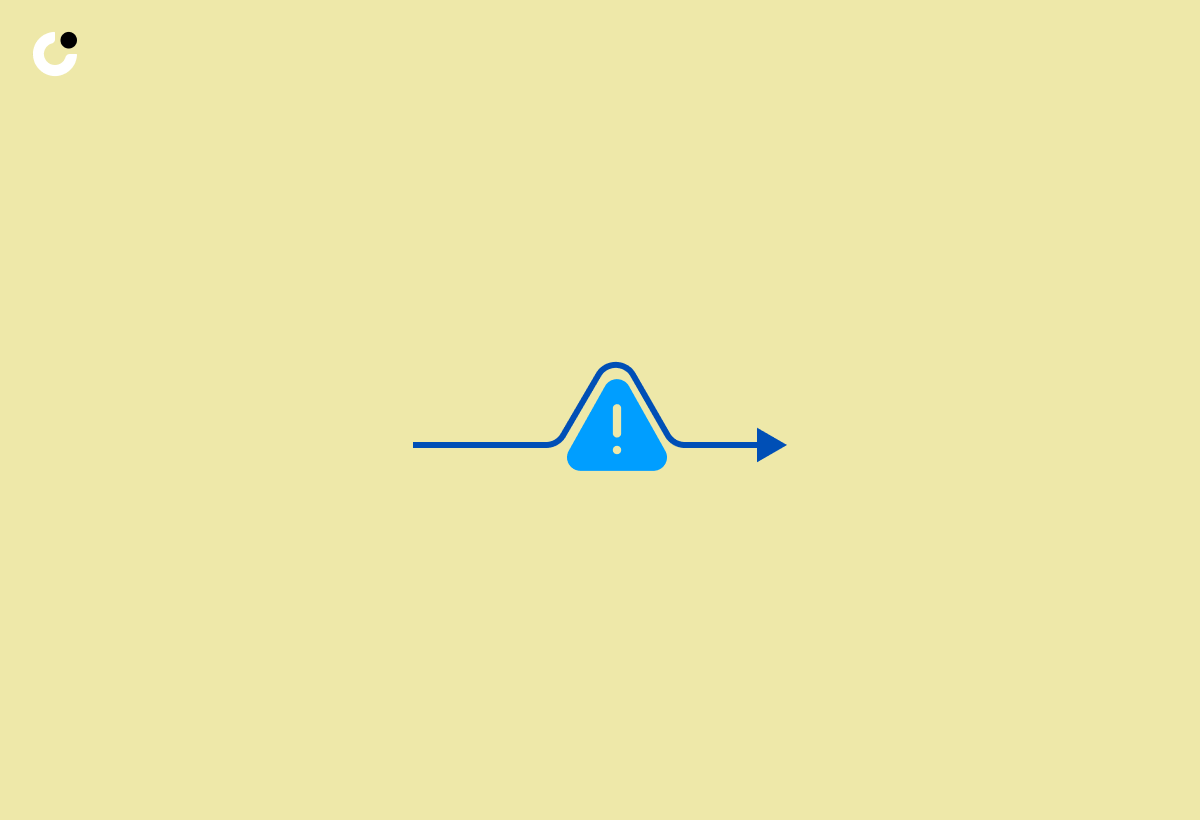
Cold calling after sending emails can come with its fair share of objections. However, overcoming these objections is crucial to the success of your sales efforts. In this segment, we’ll explore how to tackle common objections like “I don’t have time right now,” “I’m not interested,” and “I don’t remember your email”. By learning how to effectively handle these objections, you can ensure a more productive conversation with your prospects and increase the likelihood of a successful sales outcome.
To address the prospect’s concerns, it’s important to listen to their objections, supply pertinent information, and respond to any questions they may have. You can bring helpful advice, demonstrate your expertise, and provide resources that can benefit the prospect. Establishing rapport can be achieved by inquiring, exhibiting friendliness and approachability, and demonstrating authentic curiosity in the prospect’s requirements.
"I Don't Have Time Right Now"

Time is a precious commodity, and it’s not uncommon for prospects to object to a cold call with the statement, “I don’t have time right now.” To address this objection, offer to schedule a call at a more convenient time or provide a concise overview of your value proposition. By being respectful of the prospect’s time and offering a solution that accommodates their schedule, you increase the chances of having a productive conversation later.
If the prospect is still hesitant to commit to a call at a later time, try providing a brief summary of the primary advantages of your product or service and how it can benefit the customer. This succinct communication may pique their interest and encourage them to make time for a more in-depth conversation.
"I'm Not Interested"

The “I’m not interested” objection can be challenging to overcome, but it’s not impossible. By asking open-ended questions, you can uncover the prospect’s needs and present tailored solutions that address their concerns. Questions like “What difficulties are you encountering?” or “What objectives would you like to accomplish?” can be beneficial in gaining insight into the prospect’s needs.
Once you have a better understanding of the prospect’s needs, you can tailor your solutions to meet those needs, ensuring they are relevant to the prospect. By providing customized solutions, you demonstrate your understanding of their situation and increase the chances of building rapport and turning their “I’m not interested” objection into genuine interest.
"I Don't Remember Your Email"

It’s not uncommon for a prospect to claim they don’t remember your email during a cold call. To handle this objection, briefly summarize the email content and offer to resend it or discuss the key points during the call. By providing a recap of the email, you refresh their memory and create a reference point for the conversation.
If the prospect still doesn’t recall the email, offer to review the key points of the email during the call or provide a link to the original email or a copy of it. This not only addresses the objection but also ensures the prospect has access to the information they may have missed. By being proactive and accommodating, you can turn this objection into an opportunity for further engagement.
Monitoring Results and Adjusting Your Strategy
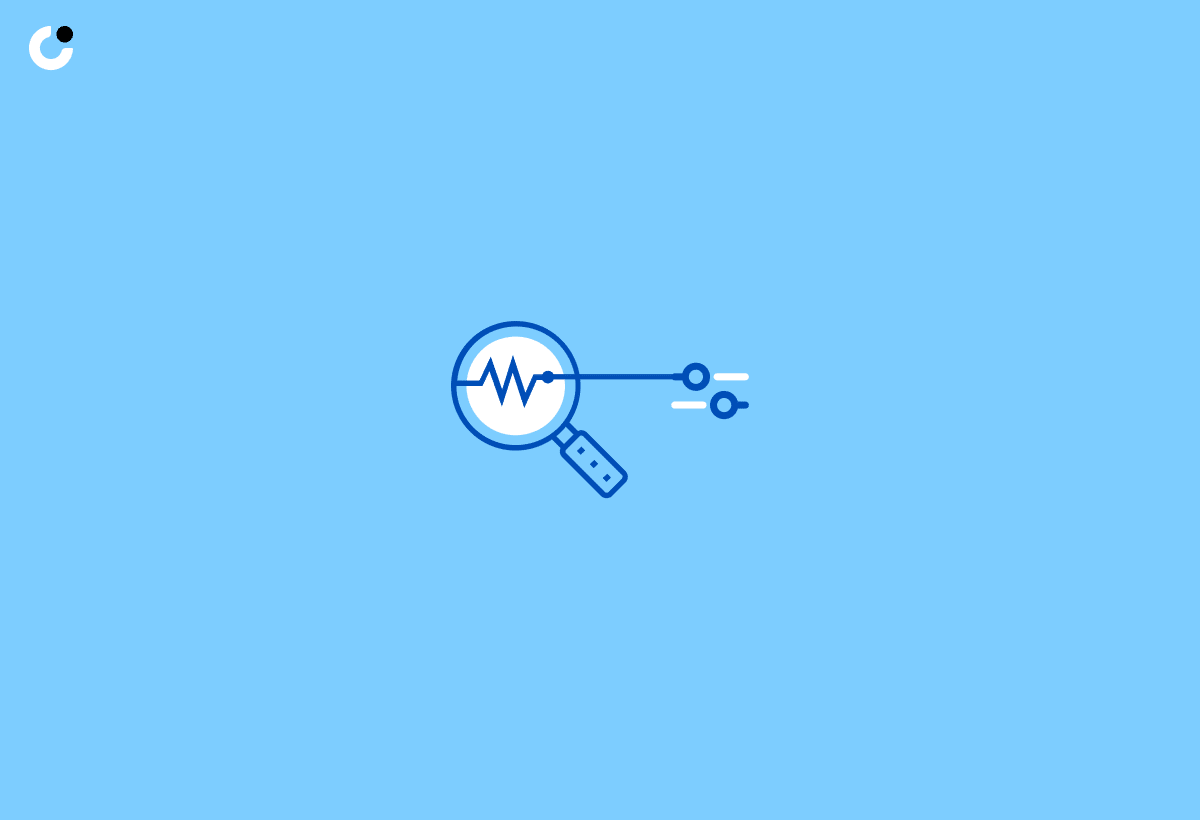
To maintain continued success in engaging with your prospects, it’s paramount to track your results and tweak your strategy as needed. This involves analyzing conversion rates, A/B testing, and continually improving your approach. By regularly reviewing and refining your cold calling and email strategy based on performance data and feedback, you can guarantee sustained success in connecting with prospects.
Assessing success and making necessary strategy modifications based on the collected data is crucial. Using key performance indicators (KPIs) such as conversion rates, response rates, and customer satisfaction can provide valuable insights into the effectiveness of your sales efforts. Based on these insights, you can make data-driven decisions to optimize your strategy for future campaigns.
Analyzing Conversion Rates

Conversion rates serve as a vital metric to gauge the effectiveness of your cold calling and email approach. Analyzing conversion rates enables you to discern which marketing strategies are working and which aren’t, paving the way for data-driven decisions for future campaigns.
To measure conversion rate, track the number of individuals who take the desired action after being exposed to a marketing message, such as subscribing to a newsletter, downloading a whitepaper, or making a purchase.
To analyze conversion rates, follow these steps:
Compare the number of individuals who take a desired action after being exposed to a marketing message to the total number of individuals who were exposed to the message.
This will provide an indication of the efficacy of your marketing efforts.
Use this information to make informed decisions about how to optimize your strategy for future campaigns.
A/B Testing

A/B testing is a potent technique to pinpoint the most successful strategies for engaging prospects and boosting conversions. By comparing two versions of a web page, email, or other marketing asset, A/B testing allows you to determine which yields the most effective results.
When it comes to cold calling after sending emails, A/B testing can help you pinpoint the most efficient approaches for connecting with prospects and increasing conversions. To conduct A/B testing, you can:
Test various email content, subject lines, and call scripts to determine which combination of elements is most effective in boosting conversions.
Consider different timing for follow-up calls.
Personalize your approach to each prospect.
By using A/B testing, you can optimize your cold calling strategy and improve your chances of success.
By monitoring the outcomes and modifying your strategy accordingly, you can optimize your results and ensure ongoing success in connecting with your prospects.
Continual Improvement
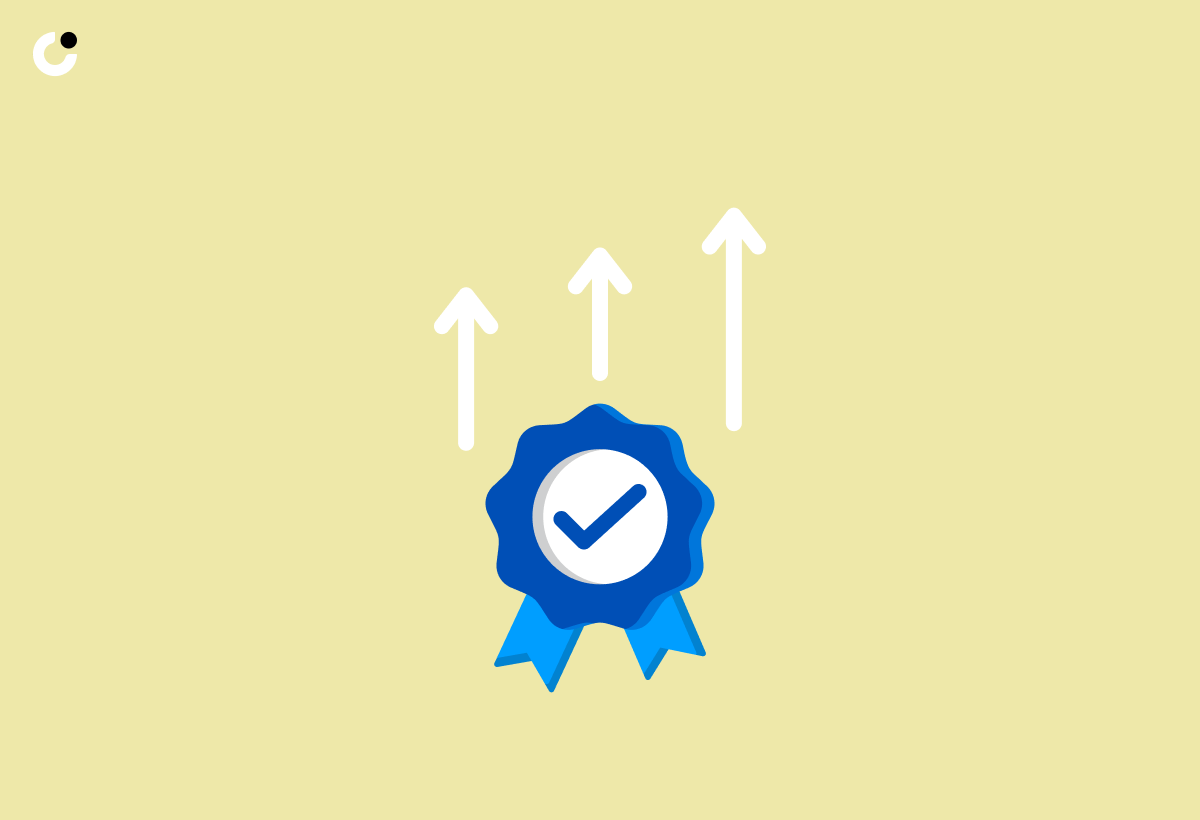
Continual improvement involves a systematic review and refinement of your cold calling and email approach, based on performance metrics and feedback. This ensures ongoing success in connecting with your prospects. Best practices for continual improvement include communicating effectively regarding significant goals and strategies, gathering ideas for improvement, and implementing feedback loops.
By cultivating a culture of continuous improvement and driving sustained progress, you can optimize your cold calling and email strategy for long-term success. Remember to always center on your customers and have a clear vision and quantifiable objectives.
By evaluating outcomes and adapting your strategy, you can ensure your sales reps’ efforts remain effective and continue to connect with prospects.
Summary
In conclusion, combining cold emails and cold calls is a powerful sales strategy that can enhance engagement, strengthen sales messaging, and increase touchpoints with your prospects. By implementing best practices for cold calling after sending emails, overcoming common objections, and continually monitoring results and adjusting your strategy, you can revolutionize your sales process and achieve better results.
The journey to sales success starts with embracing the power of combining cold emails and cold calls. With persistence, personalization, and a commitment to continual improvement, you can connect with your prospects on a deeper level and drive conversions. The future of sales is here, and it’s time to seize the opportunity.
Frequently Asked Questions
Should you email before cold call?
Testing both scenarios is the best way to determine what works for you, but Dellis suggests emailing before cold calling for better results. Optimizing this approach will help you become a better salesperson in the long run.
What to do after sending a cold email?
Give a compelling call to action and follow-up if needed. Make sure the email contains a clear conclusion with no additional introduction or summary in the text, and that it is written in a professional tone.
How long to follow up after cold email?
For optimal results, it is recommended to follow up no later than three days after the initial email, and send up to seven follow-up emails. To determine the best number of follow-ups for your business, experiment to find the most successful strategy.
What are the benefits of combining cold emails and cold calls?
Combining cold emails and cold calls can boost engagement, reinforce sales messaging, and provide additional points of contact, leading to better results for businesses.
How can I enhance engagement with my prospects?
Improve engagement with prospects by utilizing cold emails and calls, providing a personalized and interactive approach to increase connection.

